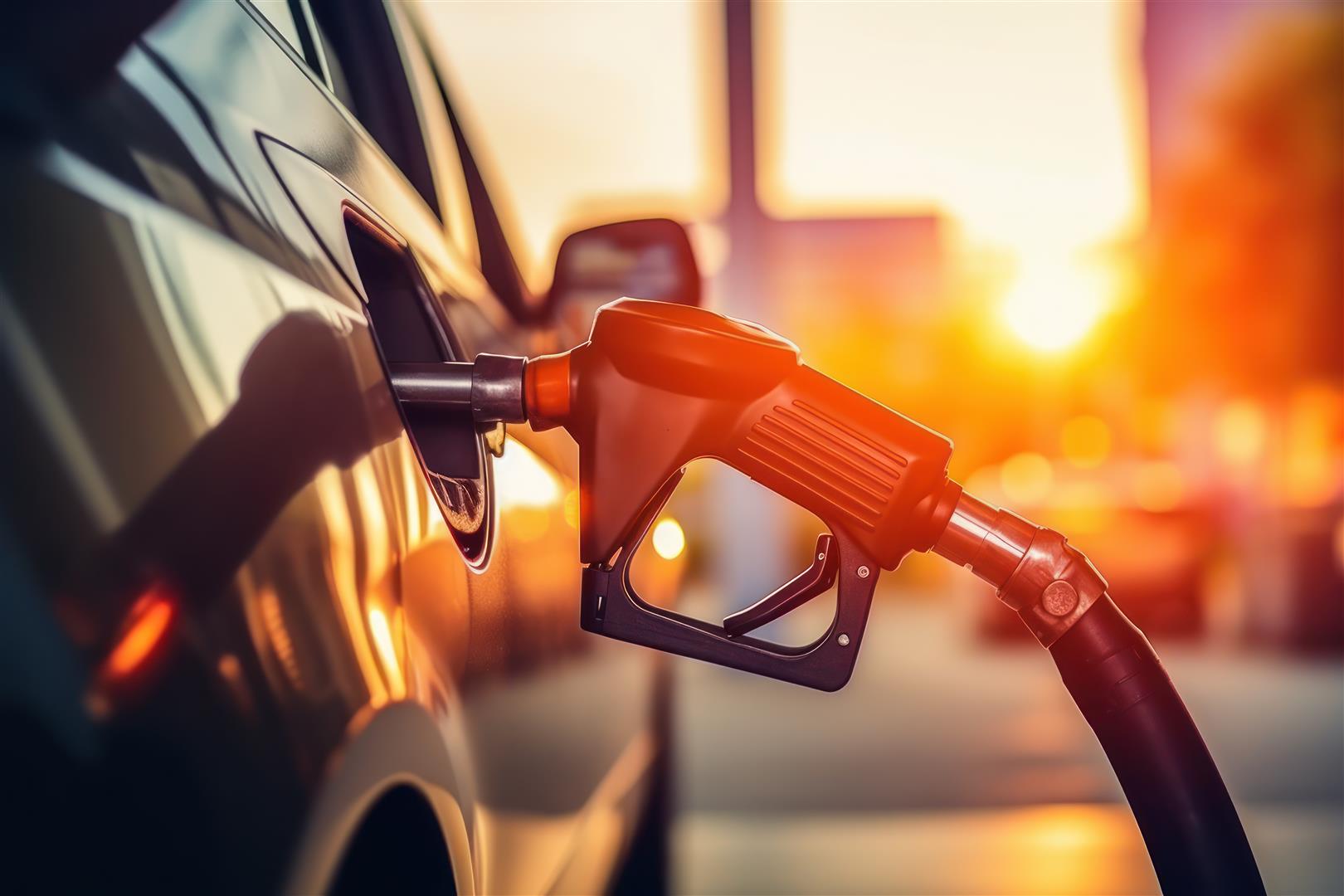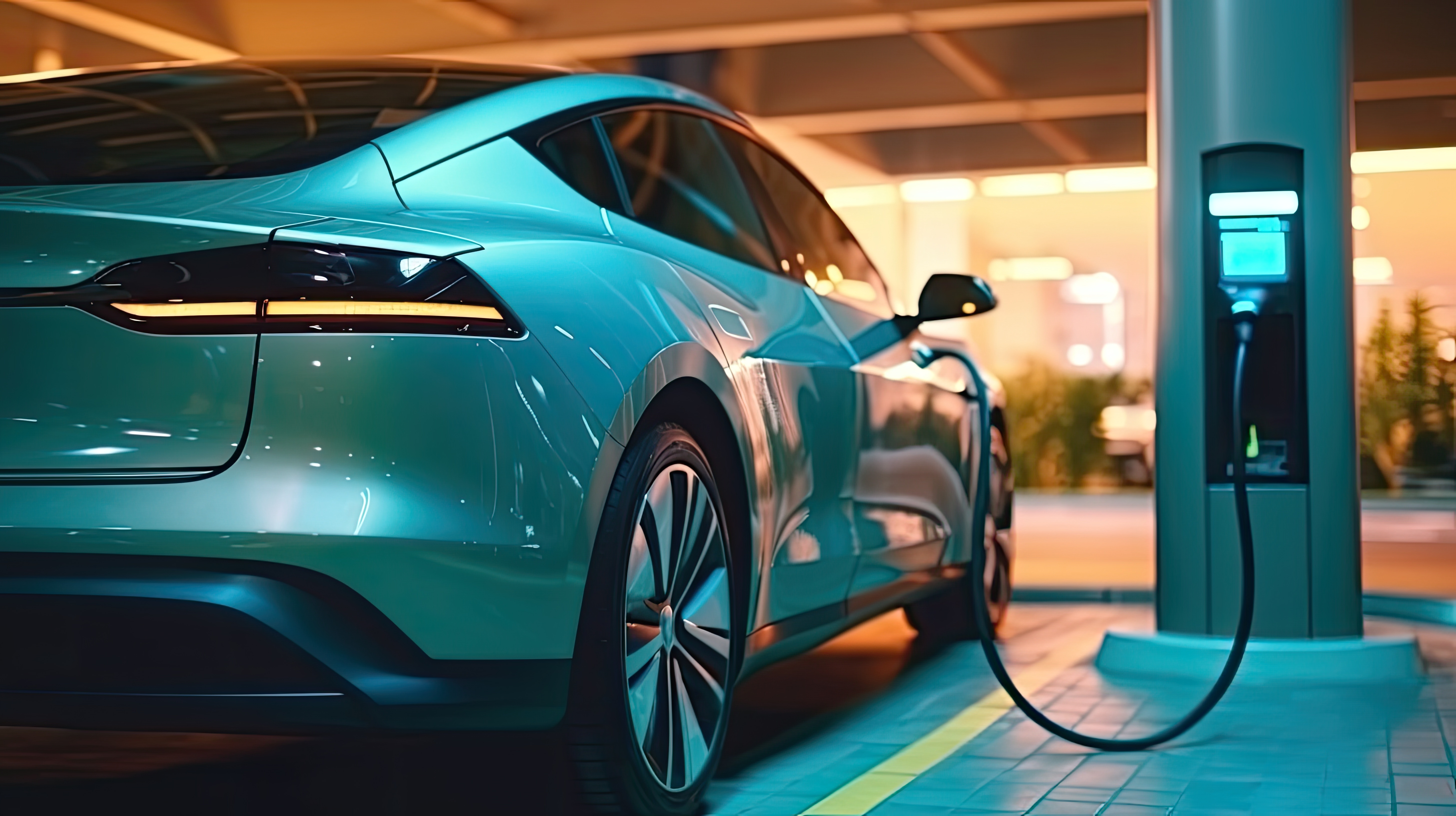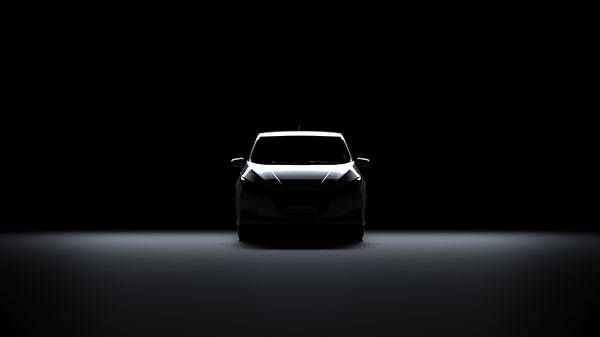Posted on 12/23/2023
.jpeg)
In the ever-evolving landscape of European SUVs, where power, efficiency, and sophistication collide, the 2023 Volvo XC90 Recharge T8 Extended Range stands out as a beacon of automotive brilliance. As we delve into the specifications and features of this extraordinary vehicle, it becomes evident that Volvo has crafted not just an SUV but a driving experience that transcends the ordinary. Powertrain Specs At the heart of the 2023 Volvo XC90 lies a powertrain that combines the efficiency of a turbocharged and intercooled DOHC 16-valve 2.0-liter inline-4 with the prowess of an AC motor. The result? A combined output of 455 horsepower and 523 lb-ft of torque. This impressive collaboration, enhanced by a 14.9-kWh lithium-ion battery pack and a 3.7-kW onboard charger, catapults the XC ... read more
Posted on 11/29/2023

Navigating through the bone-numbing cold of winter, you can't help but empathize with your roaring friend – your BMW. Amidst all this, ensuring the smooth driveability of your car becomes more crucial than ever. 1. Keep Battery Performance in Check Your BMW is more than just a hunk of metal; it's an intricate machine pulsating with energy supplied by its battery. Temperature plummets during winter often hinder adequate charge retention, leading to poor performance or worse, leaving you stranded mid-journey. Schedule regular visits with certified technicians who have specialized knowledge on how to maintain optimum battery health. They usually recommend having a volt test performed during routine service checks, which would illuminate any impending failures. 2. Tackle Frozen Fluids Bravely The sudden drop in mercury levels tends to freeze engine fluids, making it d ... read more
Posted on 10/29/2023

Every car owner knows the sinking feeling in the pit of their stomach when their vehicle starts acting up. The sputtering engine, the hesitant accelerations, and the frustrating stalls - all can be attributed to one culprit: a faulty fuel system. Let's delve into the subtle signs that signal a troubled fuel system, guiding you through the maze of automotive distress with understanding and expertise. First, here are the components of the system: Fuel tank Pump Fuel Filter Lines Fuel injectors Control unit Decreased Fuel Efficiency When your vehicle's fuel consumption starts skyrocketing inexplicably, it's a telltale sign of trouble within the fuel system. From clogged fuel injectors to leaky fuel lines, the culprits can vary, but the result remains the same - a dent in your wallet and an ache in your heart. Engine Misfires When misfires start to ... read more
Posted on 9/29/2023

As we embrace the electric revolution in the automotive world, there's a curious absence under the hood that has left many car enthusiasts scratching their heads. It's the absence of a transmission, the mechanical marvel that has powered conventional vehicles for decades. Electric vehicles (EVs), with their silent efficiency, have rewritten the rules of propulsion. But why don't these high-tech wonders have a transmission, and how do they manage to switch gears, or do they at all? Transmission-Less Travel One of the first things you might notice when you pop the hood of an electric vehicle is the conspicuous absence of a transmission system – no gearshift, no clutch pedal. It's a stark departure from what we've grown accustomed to in traditional vehicles. So, what's the secret sauce that allows EVs to zip around without the need for multiple gears? The Single-Gear Simplicity Electric vehicles ... read more
Posted on 8/31/2023

In the ever-evolving landscape of the automotive industry, few brands have left as indelible a mark as Volvo. Renowned globally for its commitment to safety, Volvo has earned the moniker "The Safest Car in the World." Today, we'll take a journey through time to explore the remarkable history of Volvo, its dedication to safety innovations, and how this commitment has made it an industry leader. Pioneering Safety from the Start Volvo's journey to becoming the epitome of automotive safety began over nine decades ago. Founded in 1927 in Gothenburg, Sweden, Volvo's very first car, the Volvo ÖV 4, was not just a vehicle—it was a testament to safety-focused engineering. Equipped with a robust chassis, steel roof, and innovative safety features for its time, the ÖV 4 set the foundation for Volvo's commitment to protecting occupants. Introducing the Three-Point Seatbelt In 1959, Volvo introduced a groundbreaking inn ... read more